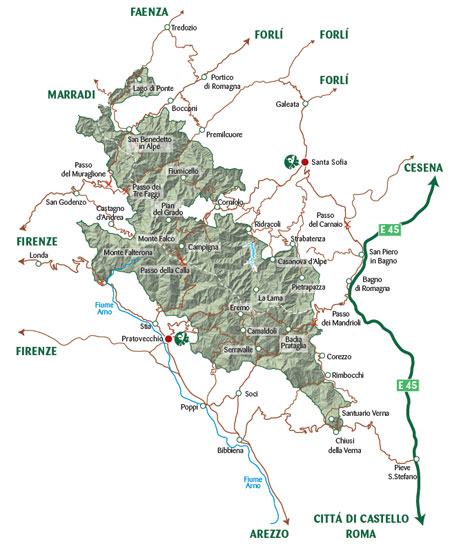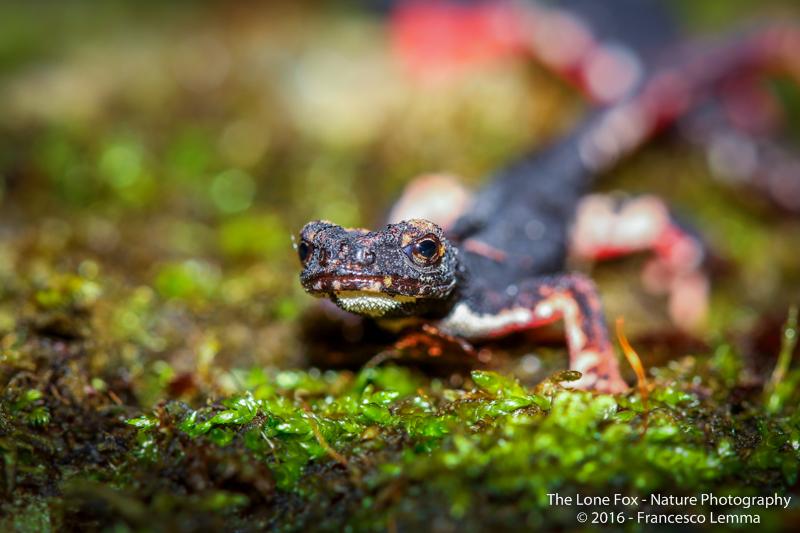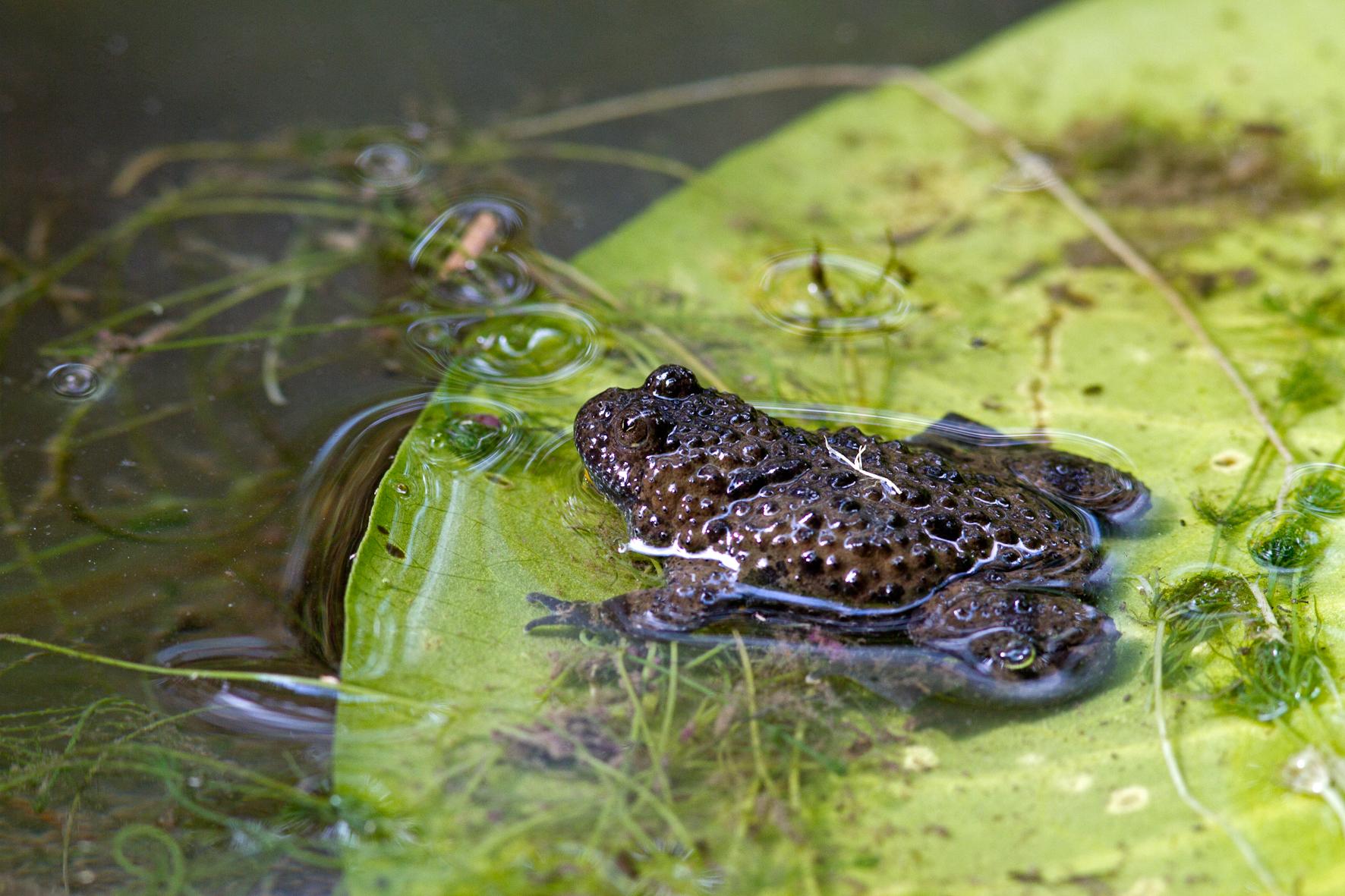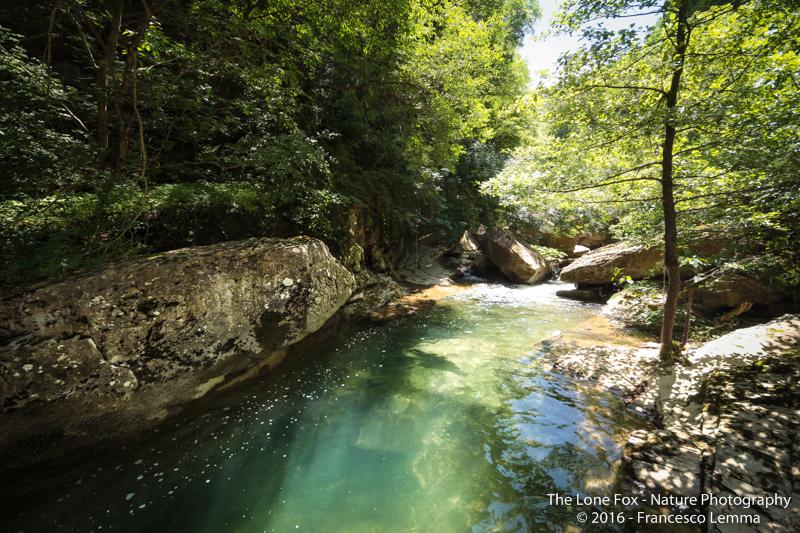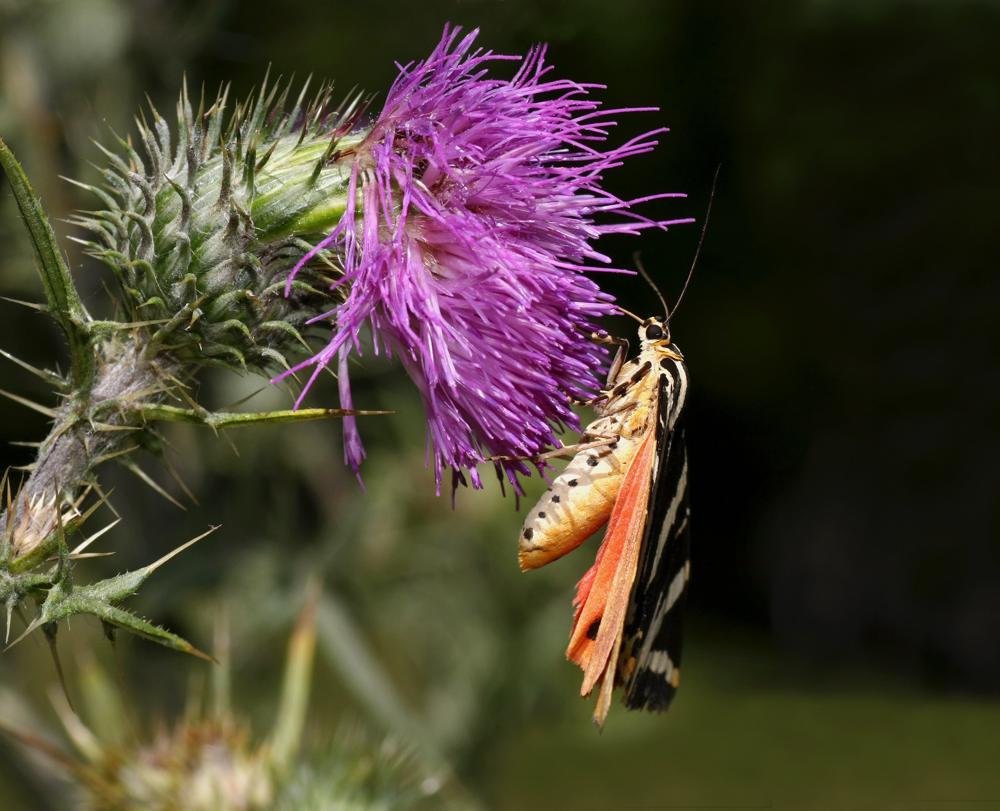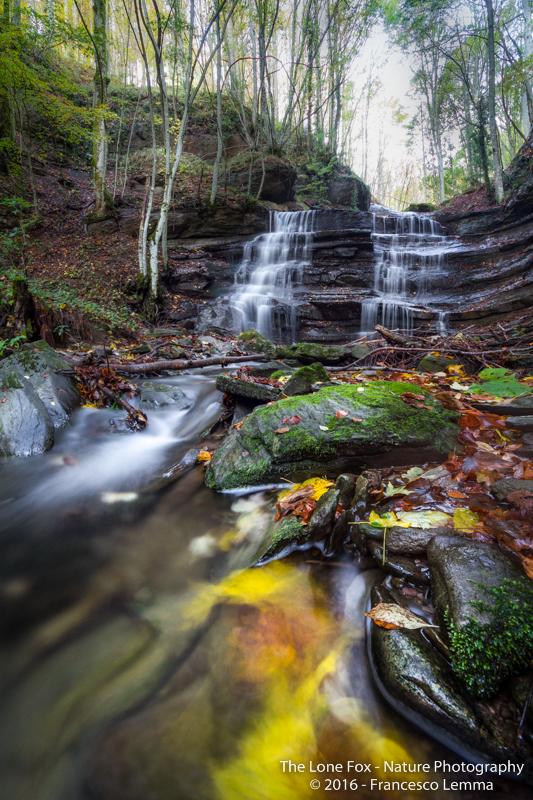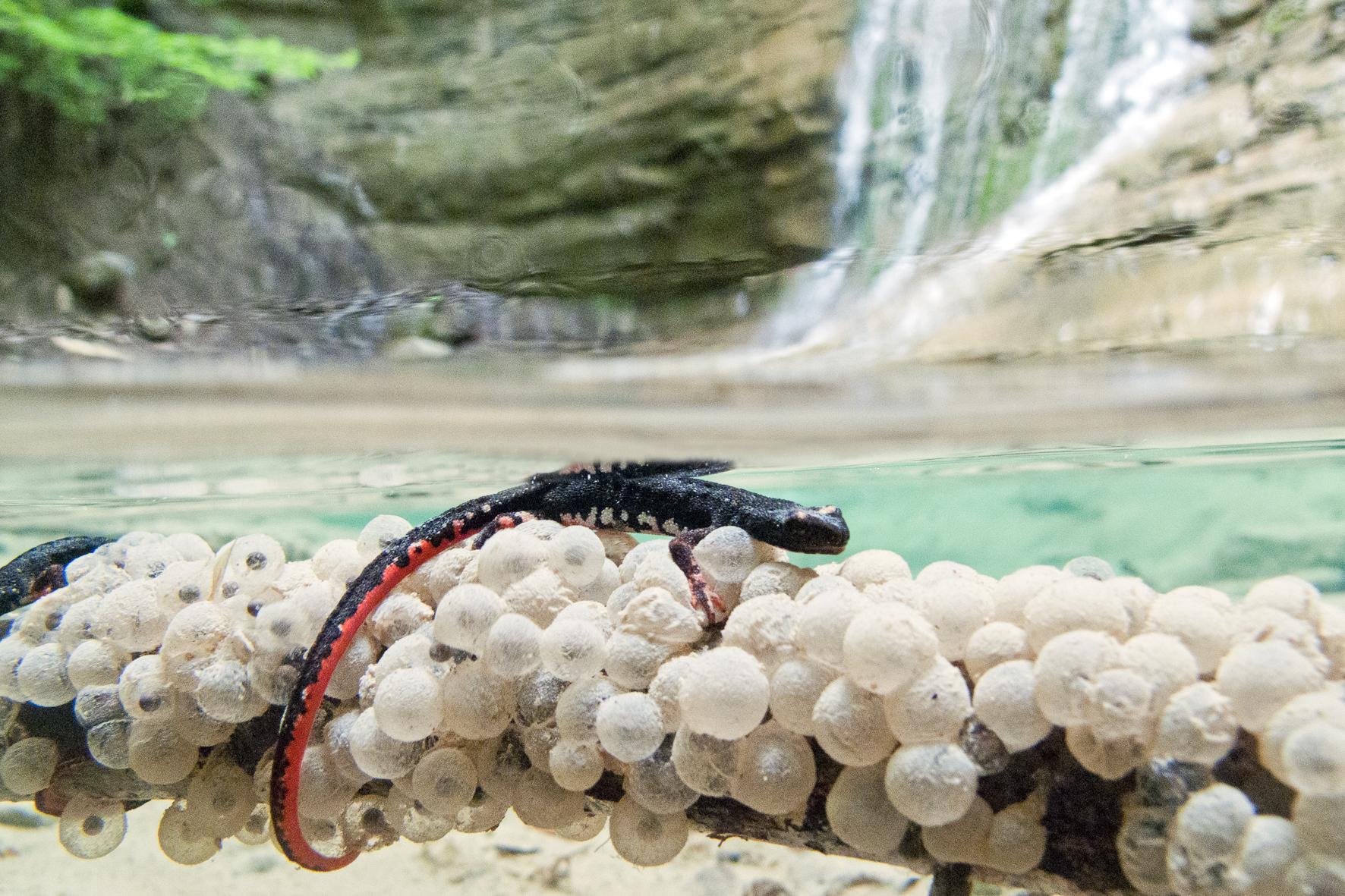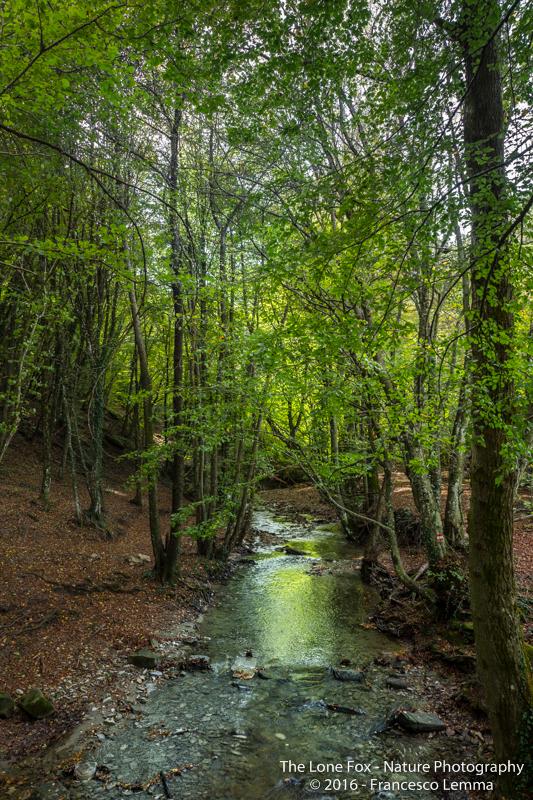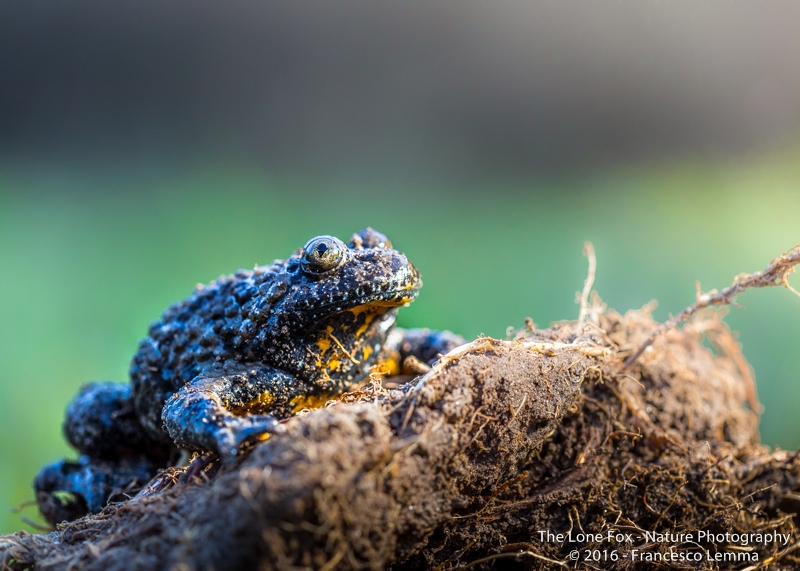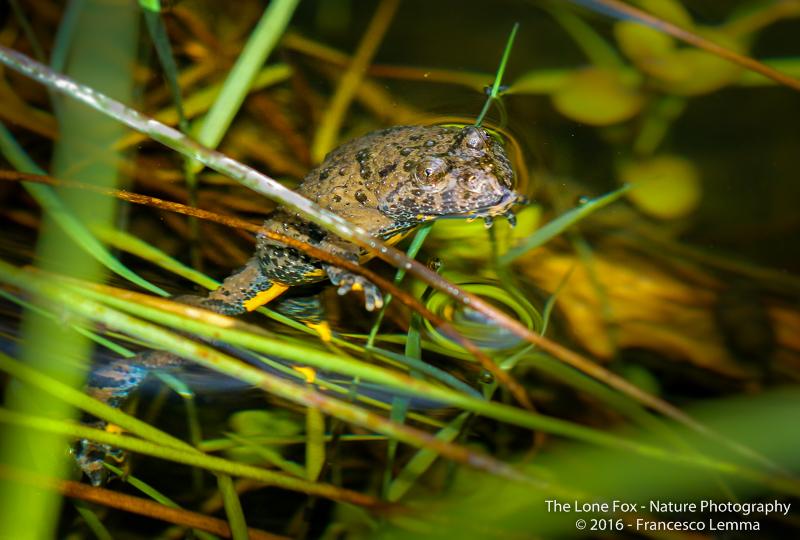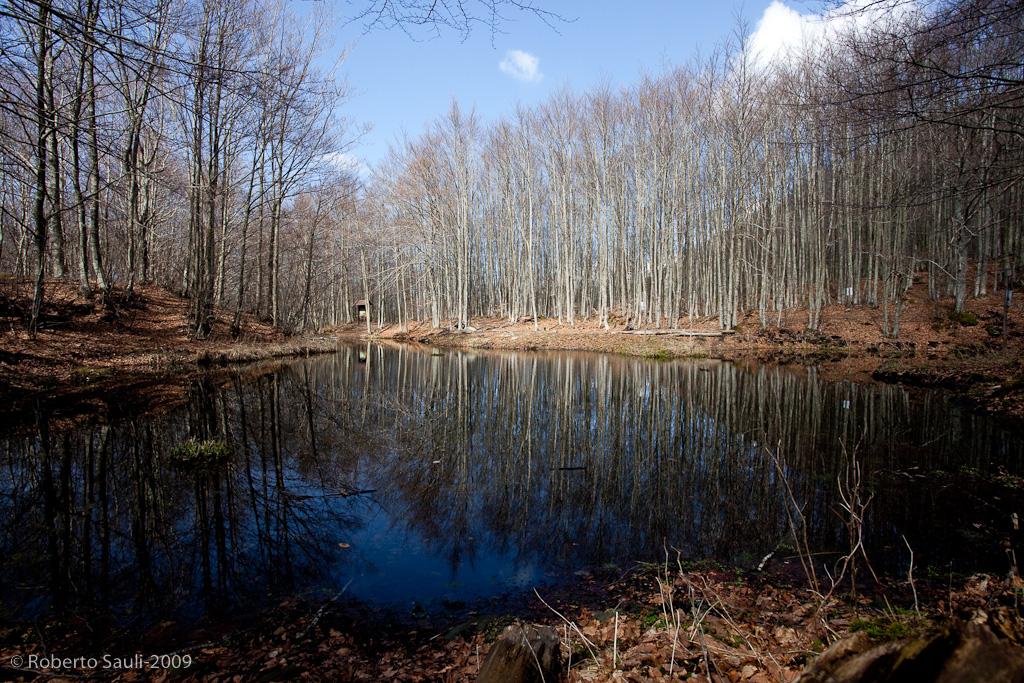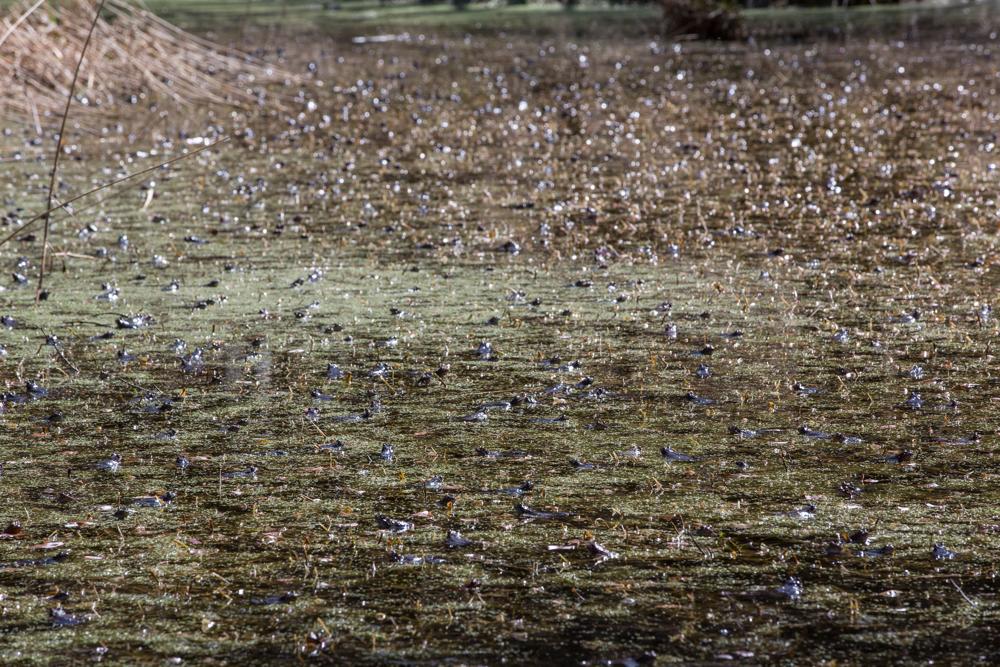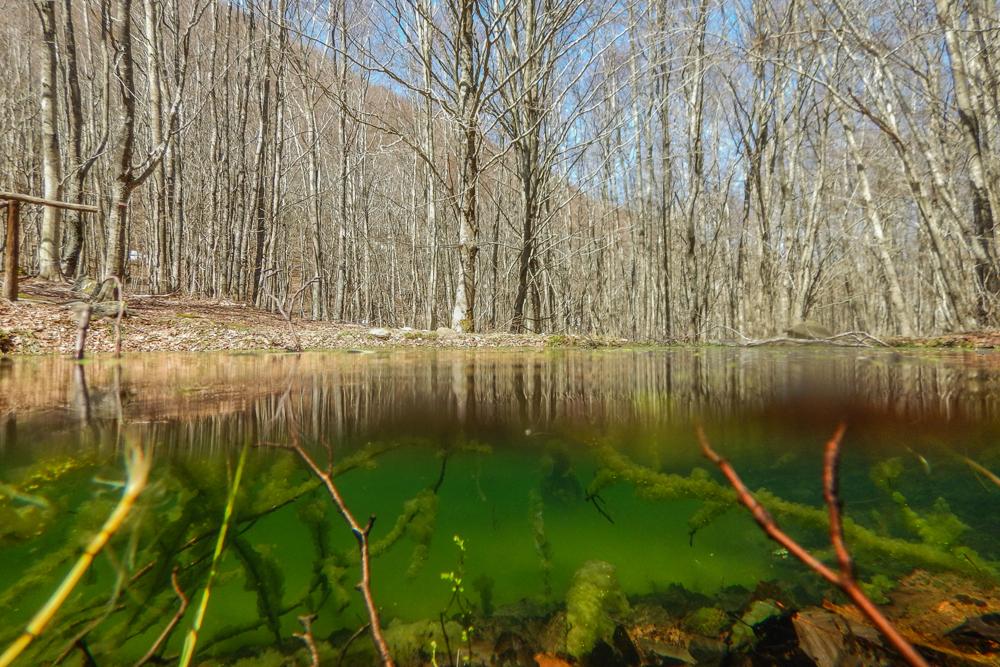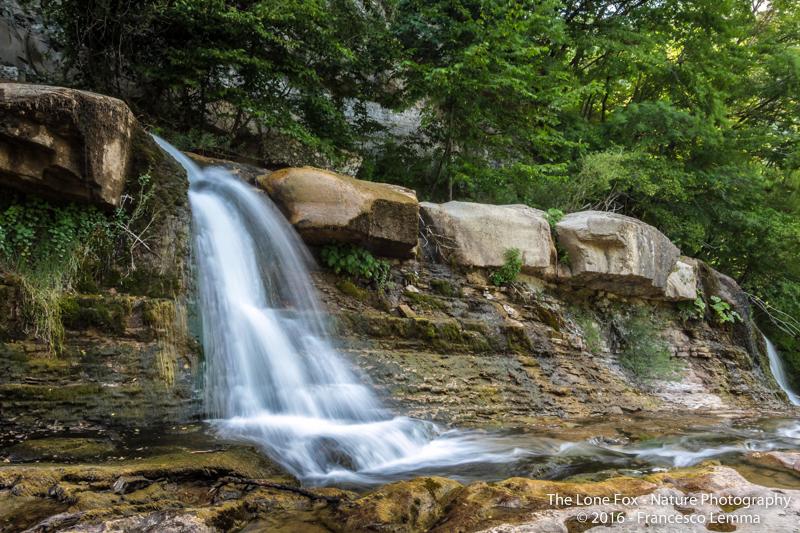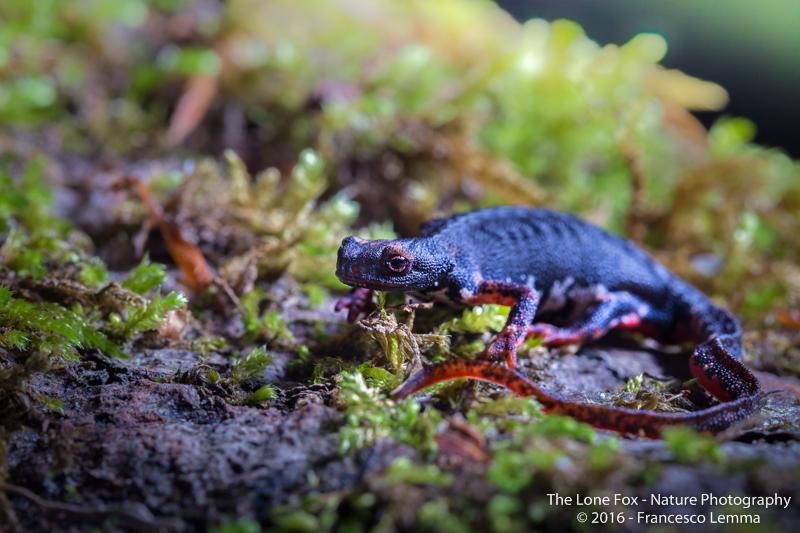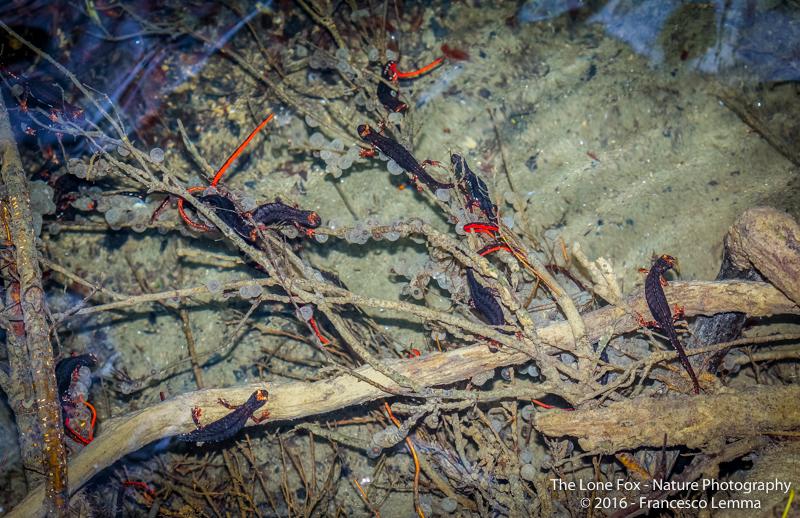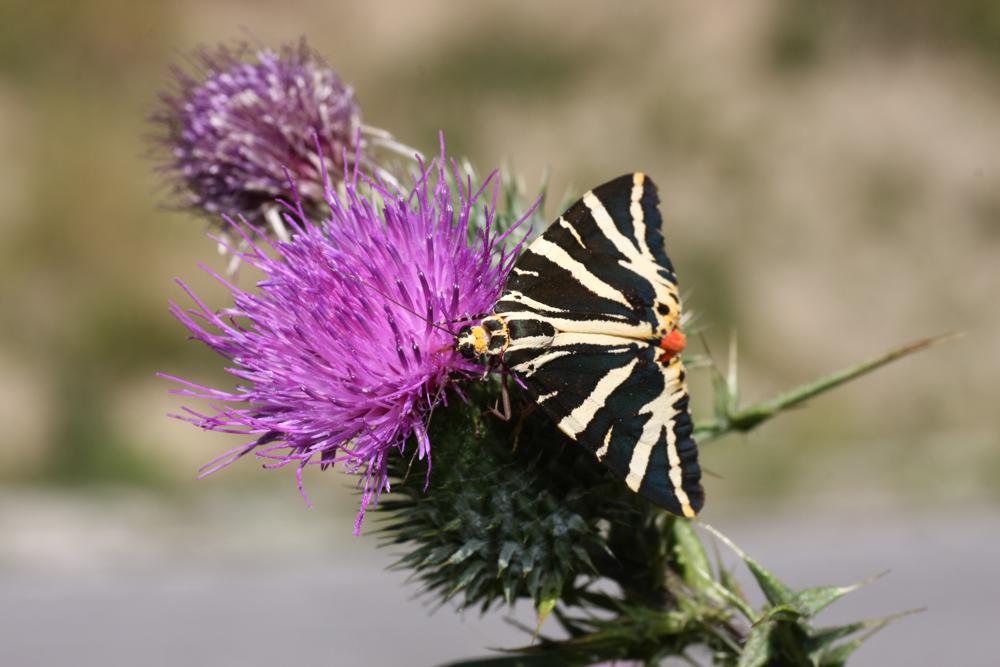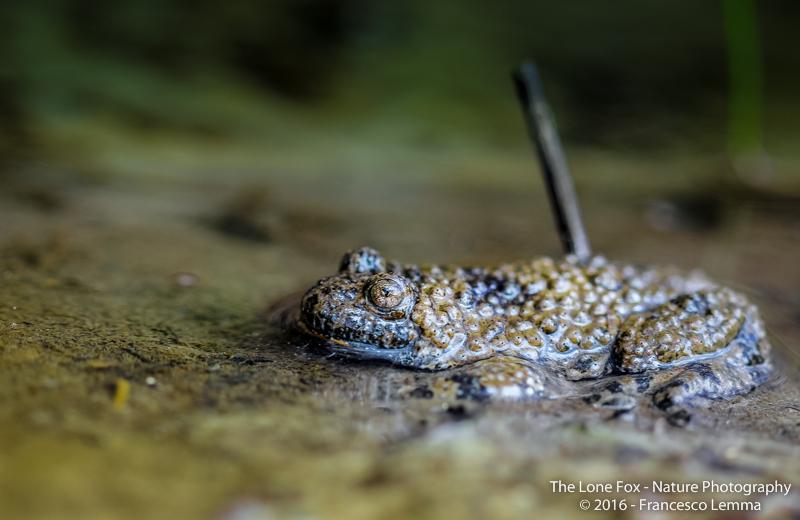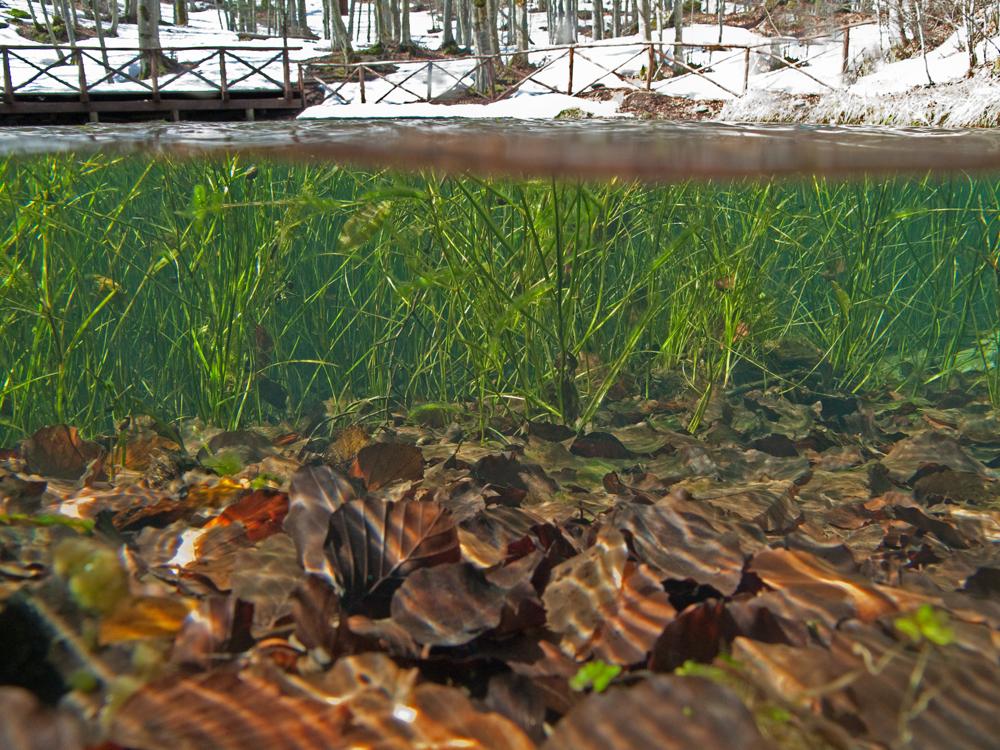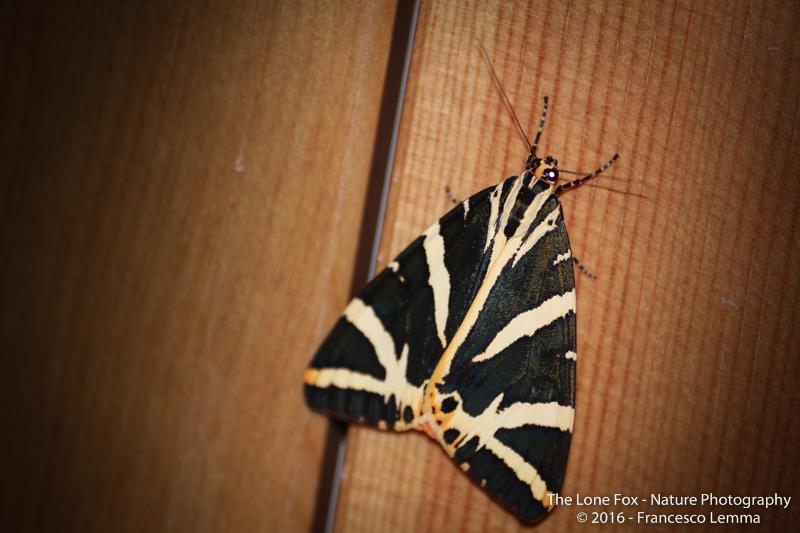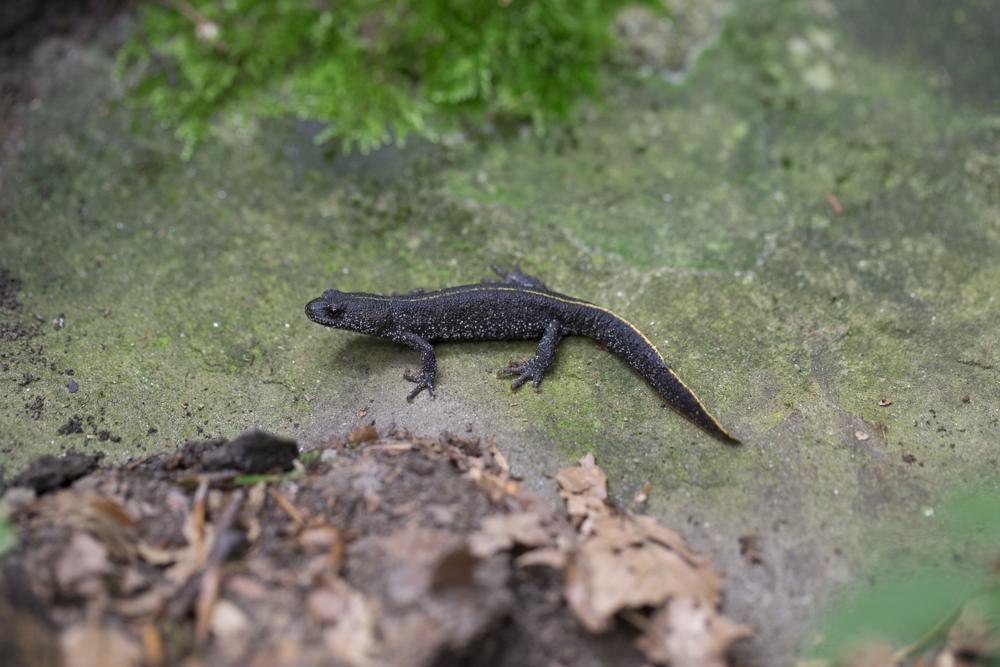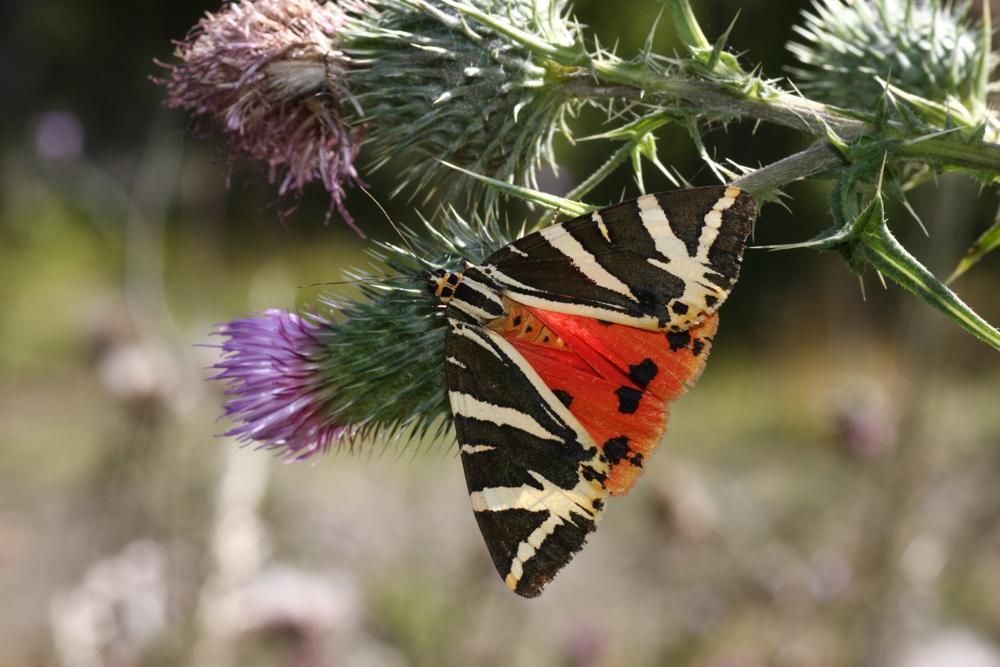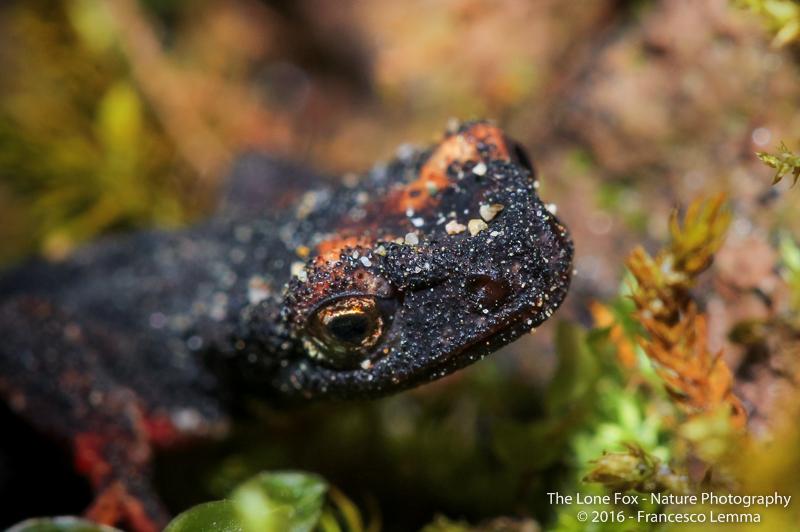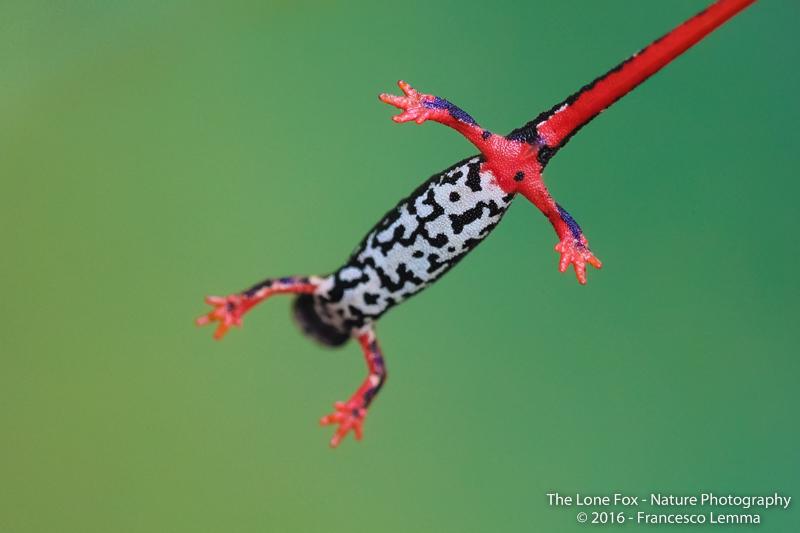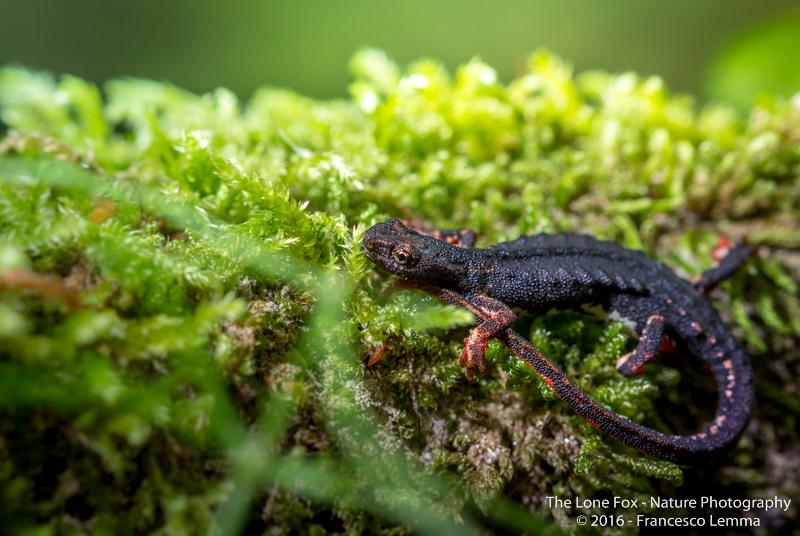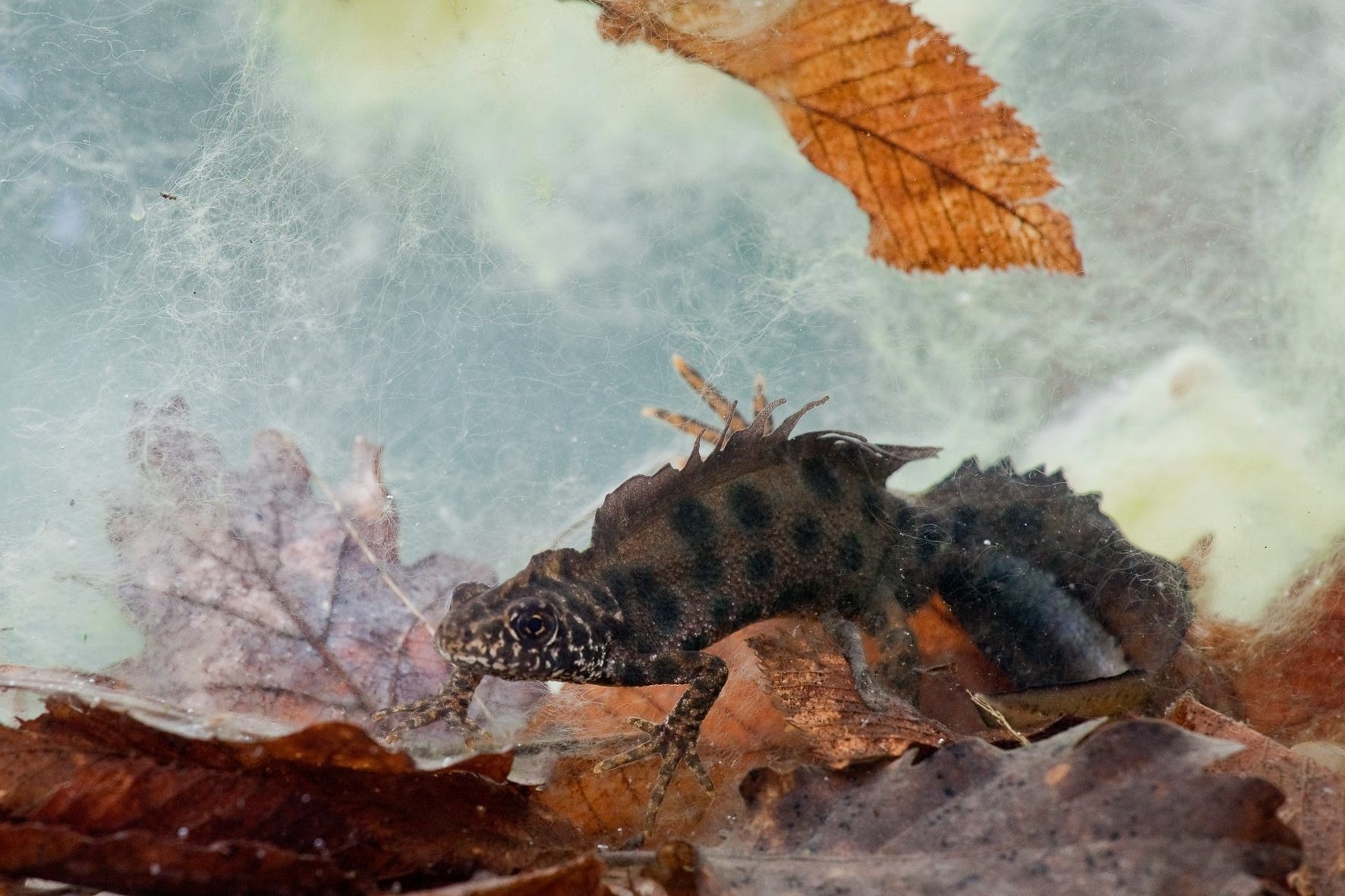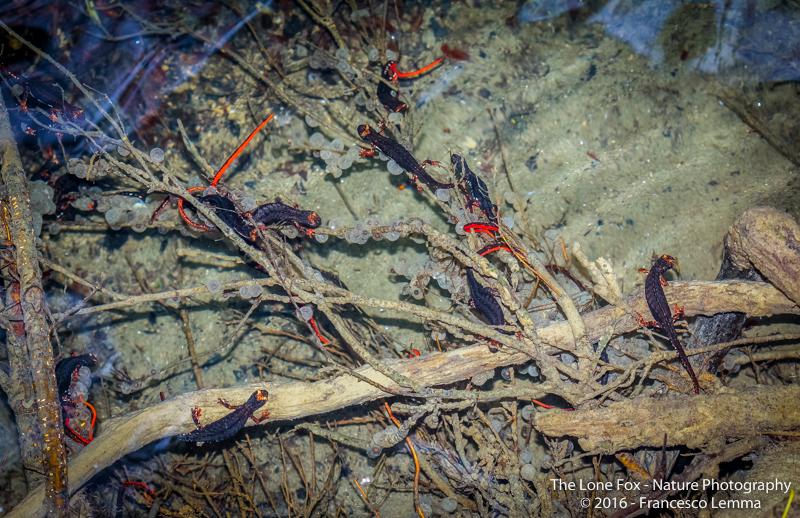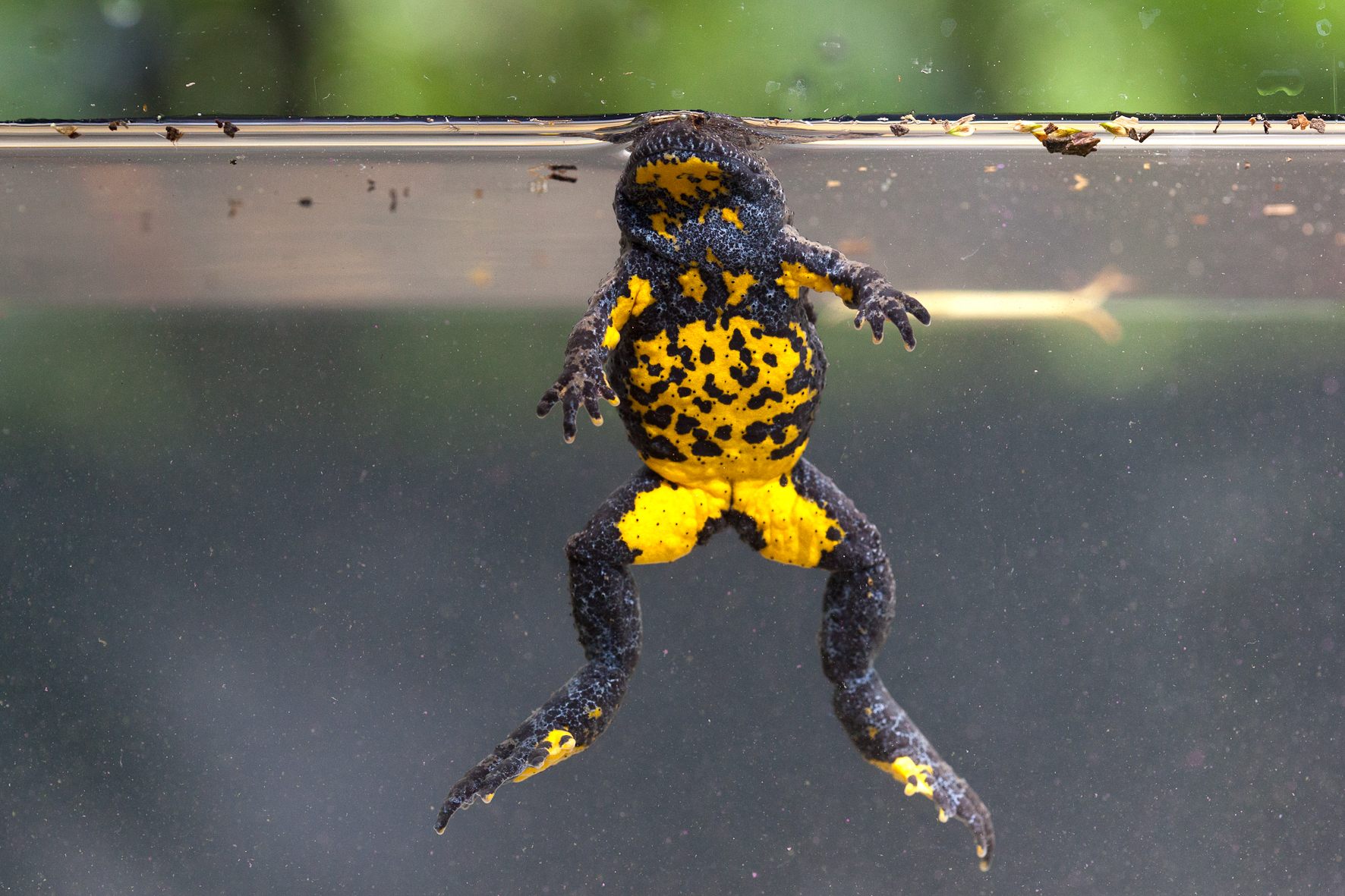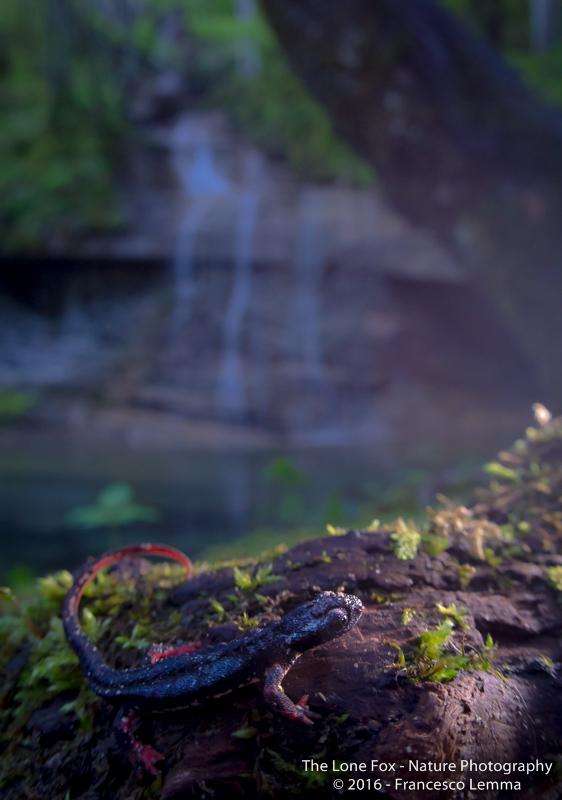The area interested by the implemetation of the project is the “Parco Nazionale delle Foreste Casentinesi, Monte Falterona e Campigna” ( National Park of the Casentinese Forests, Monte Falterona and Campigna ) which covers the Apennines between the Region Emilia Romagna and Tuscany, over an area of about 36,000 h. The protected area of the Park excels, from the naturalistic point of view, as one of the most valuable forestry areas in Europe, the heart of which is the “ Foreste Demaniali Casentinesi” (Casentinesi state-owned Forests) that include the “ Riserva Naturale Integrale di Sasso Fratino” (Integral Natural Reserve of Sasso Fratino), established in 1959. It is also a territory consisting of residential areas with a rich historical, artistic and architectural background, which visitors can appreciate in a wonderful natural setting, rich in wildlife and flora.
The “Casentinesi Forests” represent one of the oldest forests in Europe and are composed of centuries old fir woods, beech and mountainous- maple woods, mixed forests with an incredible variety of species which, in autumn, create colourful landscapes: beech trees, maples, ash trees, elm trees, linden trees, flowering ash trees and the rare yew trees and holly trees. The park is mostly covered by woods, which becomes old-growth forest within the over 5,000 hectares of the “Foreste Casentinesi” (Casentinese Forests) and the Forest surrounding the Franciscan Sanctuary of La Verna. Besides the vegetation of the mountain belt, also all the kinds of woods of the sub-mountain area below can also be found: ostryetum forests dominated by black hornbeam trees, oak forests of Turkey oaks and pubescent oaks, chestnut groves, reforestation of Austrian pines.
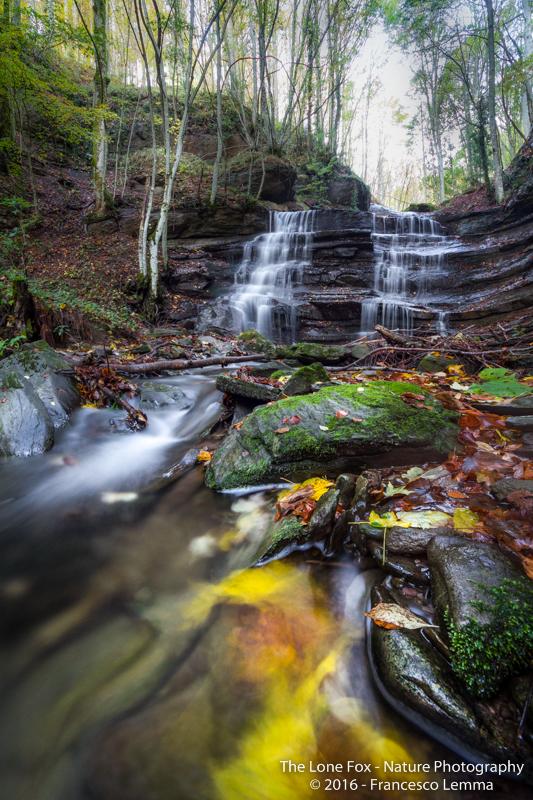 |
| Foto: Francesco Lemma |
The territory of the Park is characterised by a great wealth and variety of wildlife, which also offers elements of great scientific interest. The large extent of the woods - particularly those of high-growing trees, the aged coppice in conversion, the presence of many trees of considerable size and of different ages - the existence of diversified environments and of different vegetation typologies and the low population density are all elements which make the Park an optimal territory with regard to the presence and spreading of wildlife, both vertebrate and invertebrate.
Amongst the vertebrate fauna, the most fascinating is represented by the large mammals, particularly by ungulates, which are found in five species – Deer, Fallow Deer, Roe Deer, Wild Boar and Mouflon – and by Wolves, the largest predator currently present in the Park. The rich birdlife includes at present about one hundred breeding species. There is a large number of Chiropteras – around two thirds of those present in Italy - with a strong presence of forestry species. With regard to amphibians, there are 12 species living in the Park; the species which must be pointed out due to their importance and rarity are the “Ululone Appenninico” (Appennine “ululone” - yellowbelly toad), the “Salamandrina di Savi “ (Savi's Salamander- Spectacled Salamander) – both endemic to mainland Italy - the “Tritone alpestre” ( Alpine newt) which has in Italy its most southern stations, the “Salamandra pezzata” ( Spotted salamander) and the small Italian “Geotritone” (Imperial cave salamander or scented cave salamander), endemic to Italy. Entomofauna is also very rich, particularly that sustained by dead logs in forestry areas; they include many species, endemic to Italy and to the Apennines, besides other relict or isolated species.


